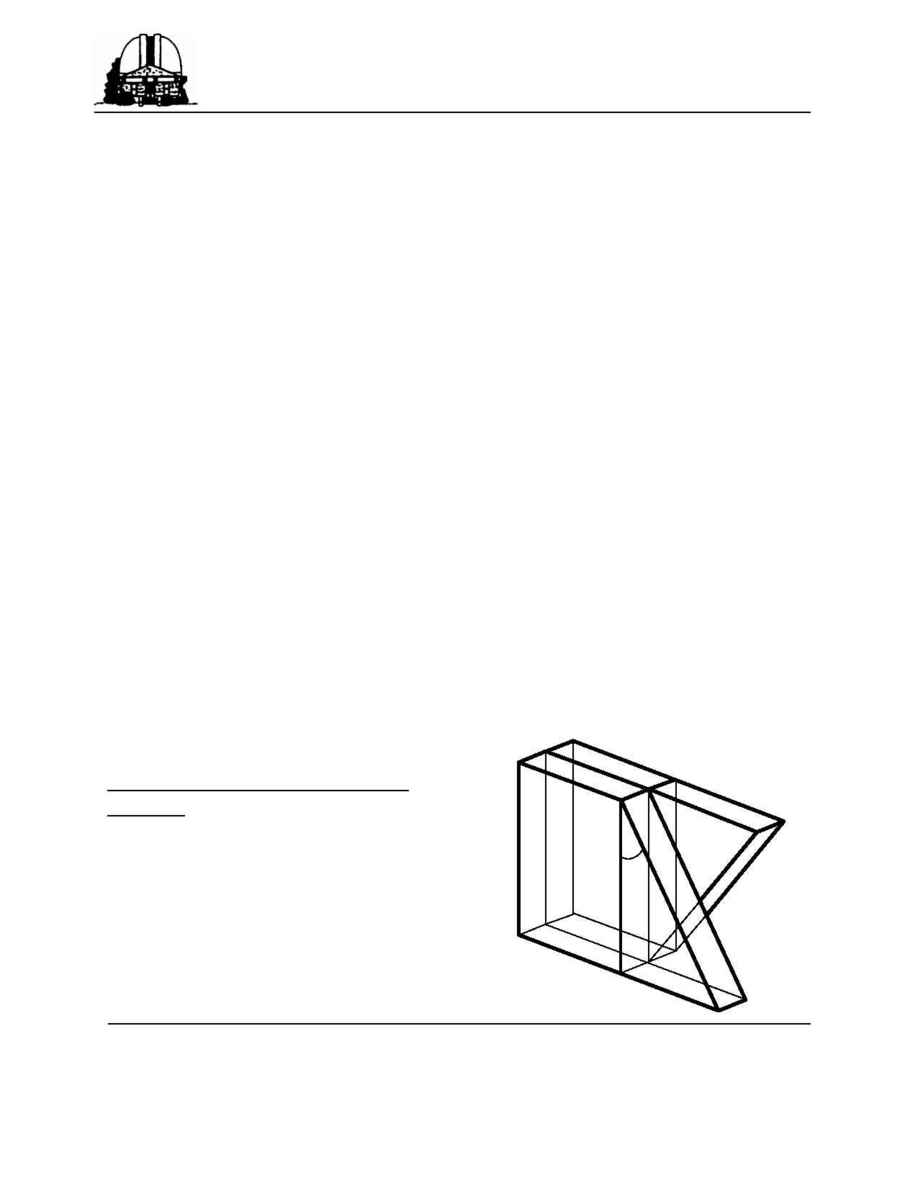
Temperature Gradient Sensitivity
of the FAME Basic Angle
Marc A. Murison
Astronomical Applications Department
murison@riemann.usno.navy.mil
December 4, 1995
ABSTRACT
If the compound mirror assembly (CMA) in FAME were to be fabricated of a single block of Zero-
dur (instead of silicon carbide with glued-on Zerodur wedges as currently proposed), then, assum-
ing the thermal environment indicated in the Step 1 proposal, changes in the basic angle due to
temperature gradient fluctuations during the course of one spacecraft spin period are confined to
~35
µ
as. This gives rise to the interesting possibility that the proposed laser metrology system,
whose sole functional purpose is to measure short-term changes in the basic angle, may not be
needed if further, possibly inexpensive, attention is given to the thermal environment of the CMA.
A tolerance of 25
µ
as on changes in the basic angle can be met passively if short-term gradient
changes are on the order ~5 mK/m or less.
Additionally, there is a potential problem that is independent of the metrology question: warping of
the CMA mirrors alone due to static gradients (as illustrated in the Step 1 proposal) will introduce
wavefront errors of order ~18 nm (~
/30 at
= 550 nm). Similar warping of the primary mirror
will also occur.
1. Introduction and Summary of
Results.
This memo addresses the temperature gradient
sensitivity of the FAME basic angle. I adopt a
simple analytical model and assume that the so-
called "compound mirror assembly" (CMA) is
formed from a contiguous block of glass,
1
or per-
haps two bonded glass slabs (Figure 1). I con
-
sider for analytical simplicity two cases:
1
FTM-USNO-95-01
U.S. Naval Observatory
Technical Memorandum
2a
2b
2b
1
Current design calls for the CMA to consist of silicon carbide with thin Zerodur mirrors attached
with glue. However, the CTE of SiC is ~200 times that of Zerodur.
Figure 1
